Europe-wide B2B marketplace for used rail freight - opportunities and risks
Since April 2023, the B2B marketplace for the rail industry railauction.plus has been an innovative place for the sale of used rail assets, with a...
Learn more about the Partium Suite and how our leading Enterprise Part Search can help you to sell more parts, drive maintenance efficiency, and more!
Whether you want to sell more spare parts, support your parts desk and hotline team, or drive maintenance and warehouse efficiency, Partium can help you.
| Aftersales & Service | |
| Georg Fischer | |
| Maintenance | |
| DB Cargo | |
| DB Fernverkehr | |
| DB DIFa | |
| ÖBB Train Tech | |
| Wien Energie | |
| eCommerce | |
| The Home Depot |
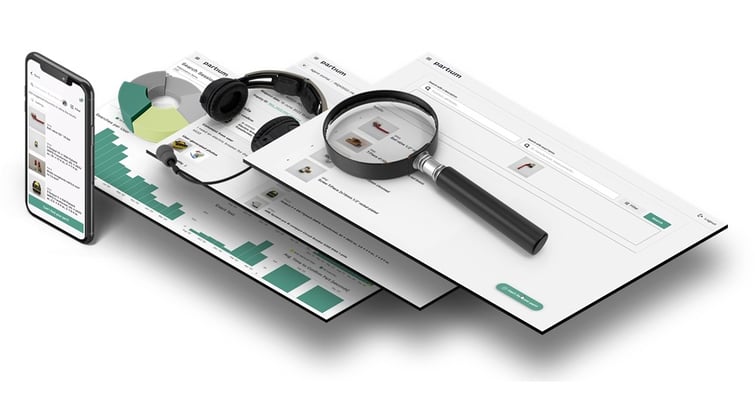
Unlock your Aftermarket & Maintenance Potential with Partium, the easiest and most reliable spare part search.
Transform how technicians search for spare parts, empower your users, and increase part sales & maintenance efficiency.
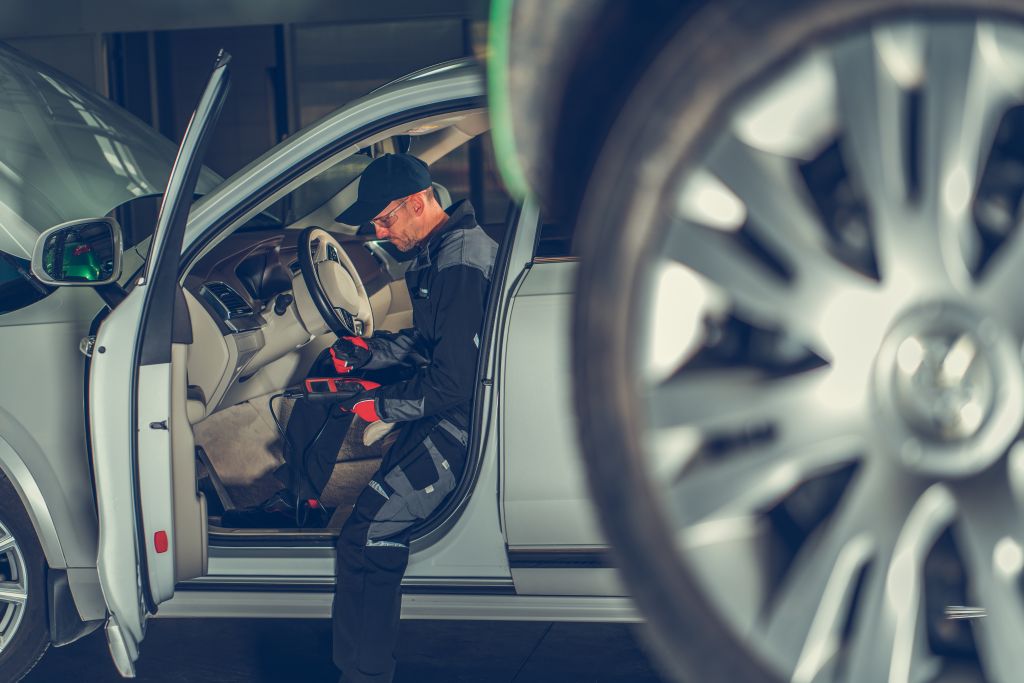
Consumers have been pretty vocal in their demands for more connectivity, enhanced functionality, and new safety features while driving. It should come as no surprise that advances in mobile technology make us want the same visual experience and high level of functionality in our cars.
Bridging the gap between the physical and digital worlds is a priority for automakers at all phases of the industry, from design to marketing. In the last three years, the industry has transformed itself inside and out. That’s no small feat considering its slow, complex, and expensive development cycle: clearly it’s hard to keep up with the rapid pace of change in consumer electronics, where tens of thousands of new apps are released each month that streamline our interface to the world.
To speed things up, automakers have turned to technology partners for help. At the design end, the sophisticated innovations linked to visual recognition technology are significant. Indeed, the fully “smart” car is not far off. Networked to the cloud, it receives software updates that enable new features even after a car leaves the dealership. The virtual dashboard is now a reality, with the recent launch of Apple’s Carplay and the Android Auto, both “smart” infotainment technologies.
That’s just the tip of the innovation iceberg. Google reported recently that its driverless car is now fully functional for public roads. Last year the US National Highway Safety Administration announced it is exploring V2V (vehicle to vehicle) technology that would enable cars to “talk” to one another, exchanging basic safety data such as speed and position, 10 times per second. Tata’s “virtually invisible” Land Rover features an augmented reality interface to help drivers climb steep hills and navigate in tight spaces. It captures and displays the terrain in front of the car, as well as the angle and position of the wheels.
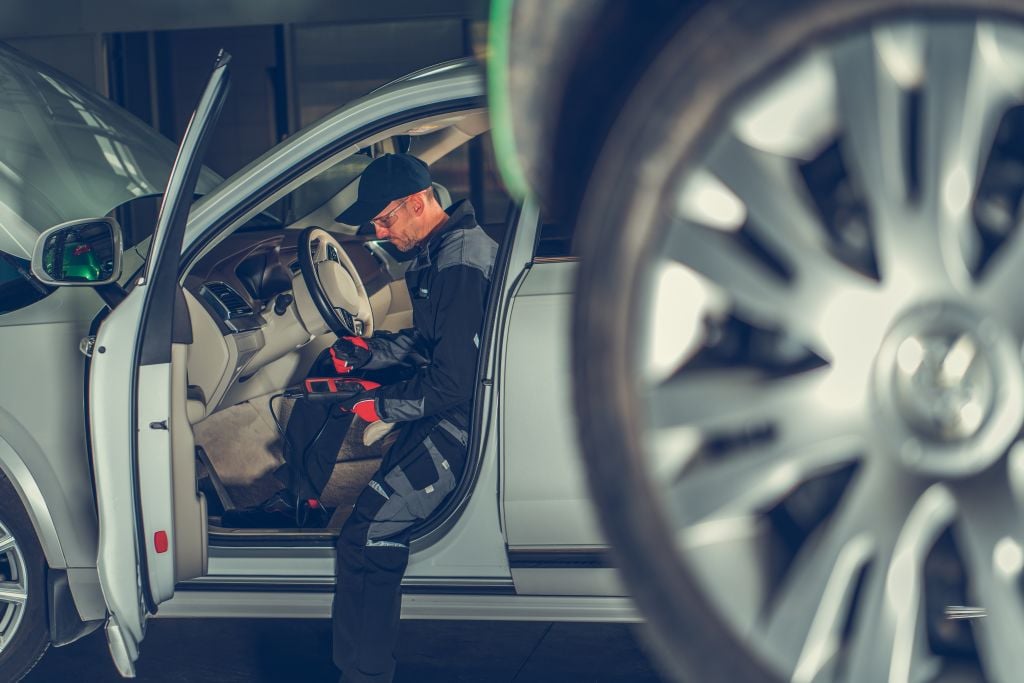
Visual search and recognition algorithms are at the heart of automotive innovation. They recognize and interpret traffic signs, pedestrians and other vehicles, lane markings, as well as human bodies, faces, motions, and actions by processing image data from camera inputs on a frame-by-frame basis. The output results are then displayed on a car’s virtual dashboard or floor, or communicated via voice message or another sound, like a beep.
Visual recognition technology also plays an important role in the marketing side of the auto industry. The increasingly popular digital dealership, such as AudiCity.com, lets interested buyers take virtual multimedia inside & out tours of the Audi portfolio.
Automakers have to work hard to offer more to Millennials than they did to their parents and grandparents. Generation Y doesn’t save up tip money for a used or new car. Instead, their first major spend is a technology purchase—smartphone and laptop. The popular Daimler Car2Go and BMW DriveNow shared economy models show that use, rather than possession, is more important to young drivers.
Today’s buying experience is more nuanced than showing up at a dealership on a Saturday to take a few test drives and driving away with a new car on Sunday. To stay competitive, car dealers, like all other retailers, need better and tighter customer relationship management that enables networking, personalized follow-up, loyalty rewards, and good value. Dealerships stack up the power of visual search technology and location technology to help close the gap between desire (posting or seeing a pic of a cool car on Instagram) and experience (having the opportunity to test-drive it at a nearby pop-up dealership). Just like fashion retailers, the auto industry now relies more on consumer-generated street-style images to help them sell inventory.
Finally, there’s the potent data and analytics made available by the use of visual technology. Auto sellers can better leverage their existing inventory by tracking and promoting the kinds of images that increase conversions. Taking advantage of these digital opportunities provides exposure to new potential customers and more meaningful targeting to existing market segments.

Since April 2023, the B2B marketplace for the rail industry railauction.plus has been an innovative place for the sale of used rail assets, with a...
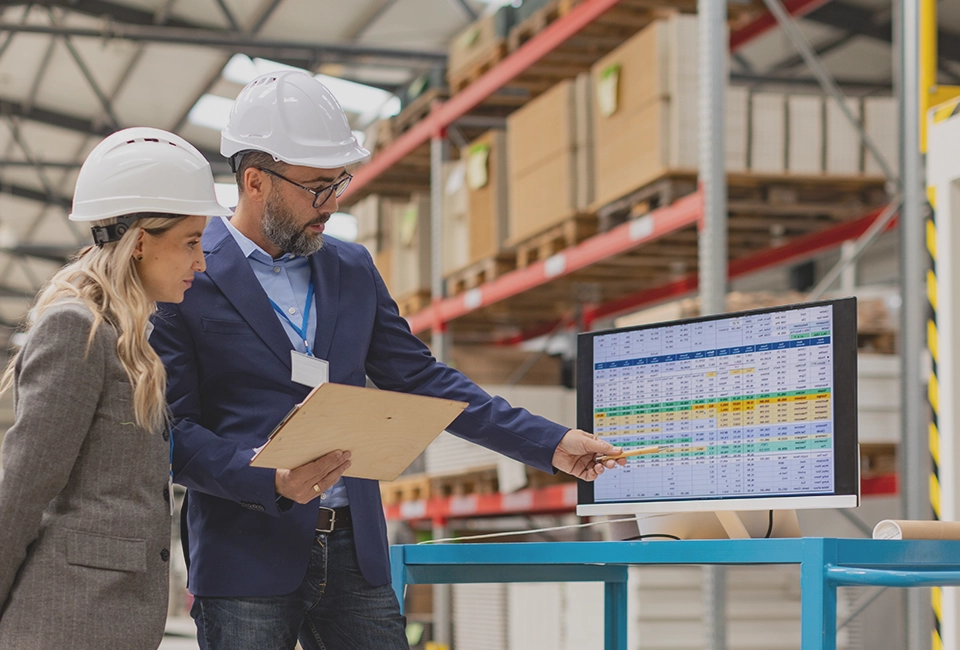
Data optimization is a game-changer for B2B environments, offering myriad opportunities to transform operations, drive efficiency, and unlock...
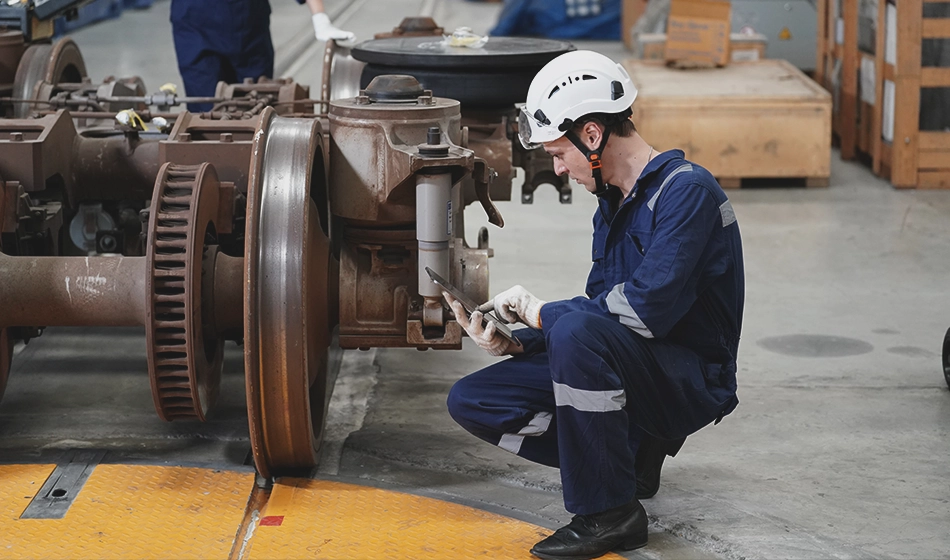
The integration of Artificial Intelligence (AI) in various industries has brought about transformative changes, and the field of train maintenance is...